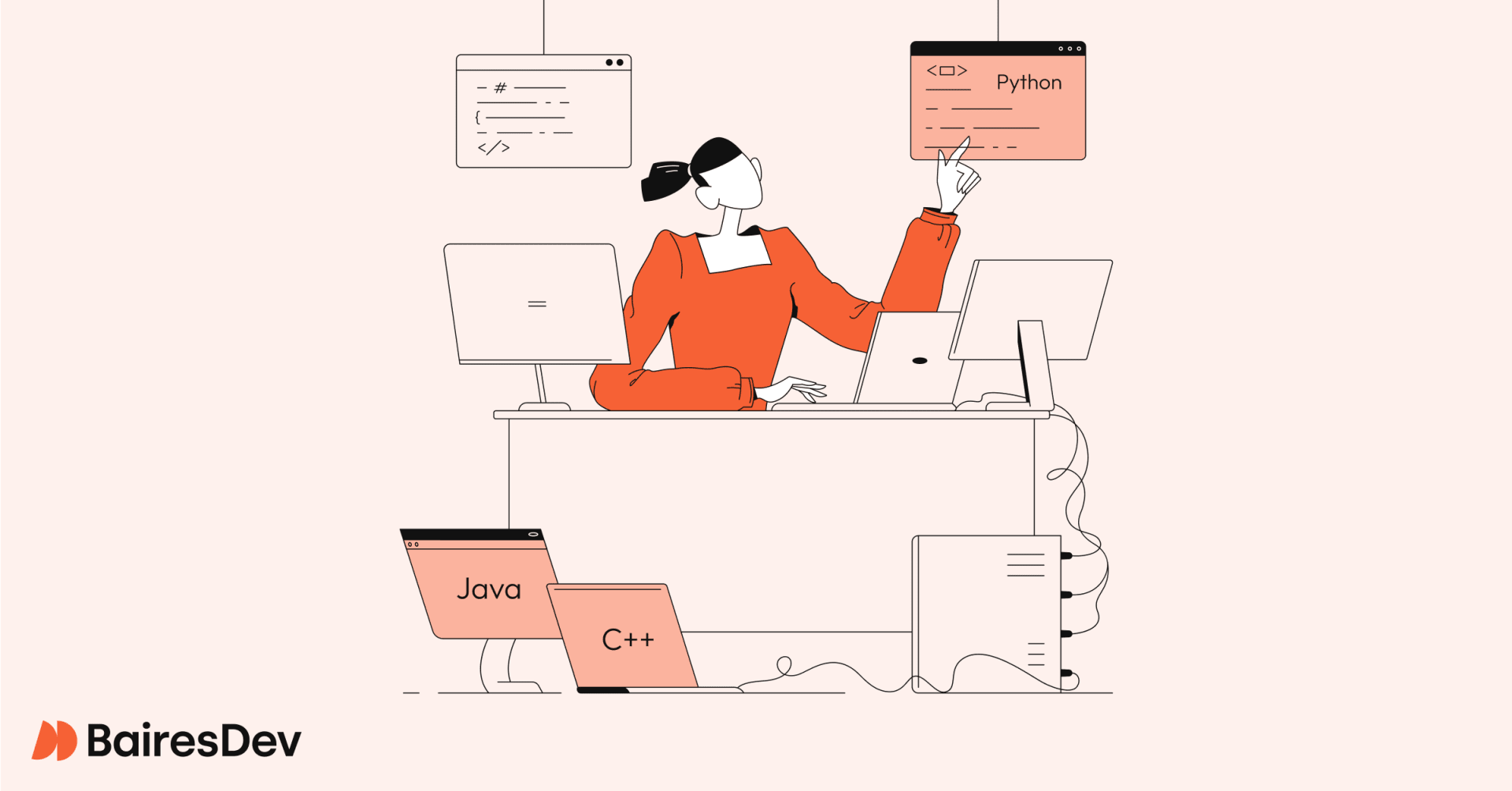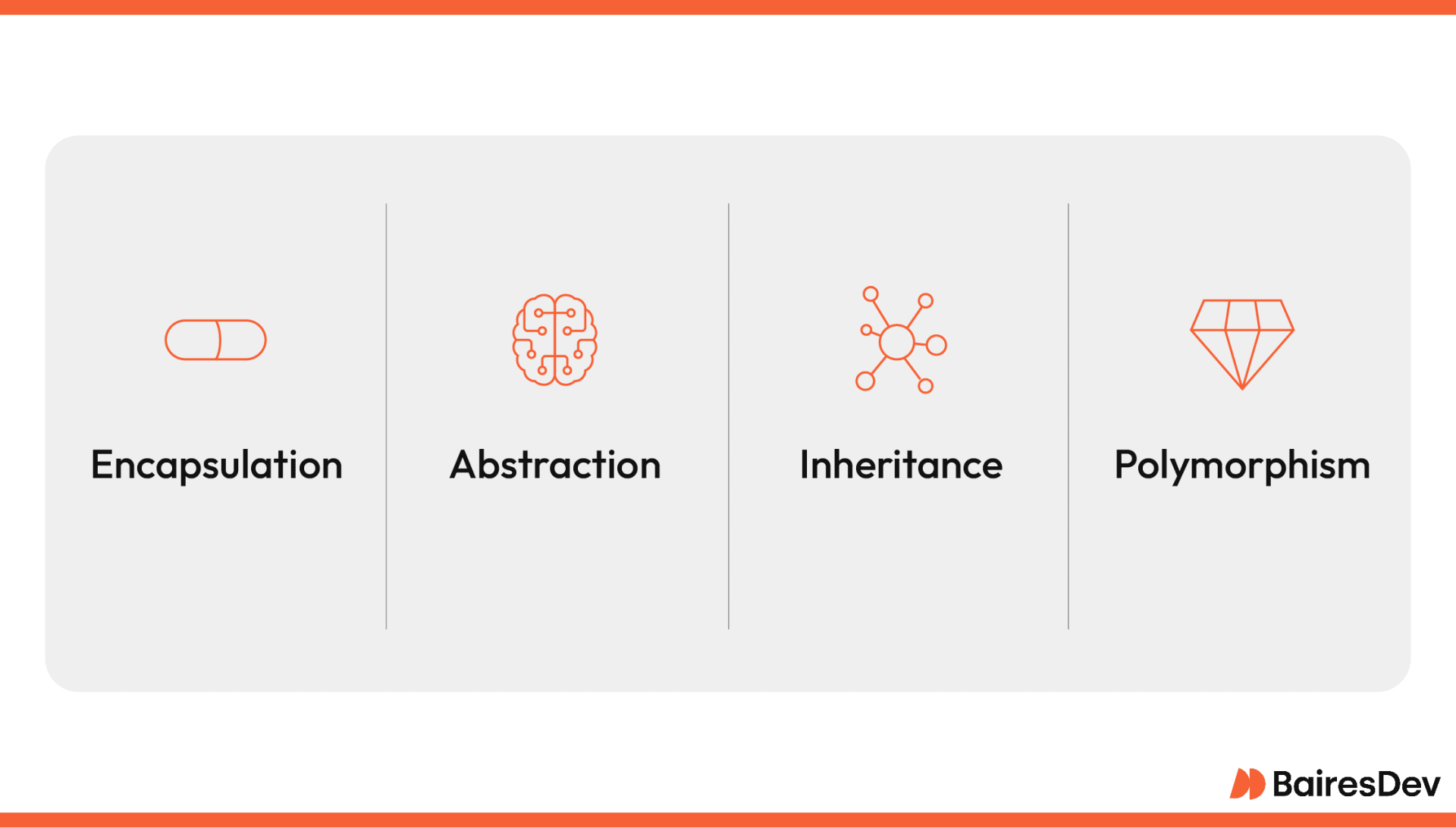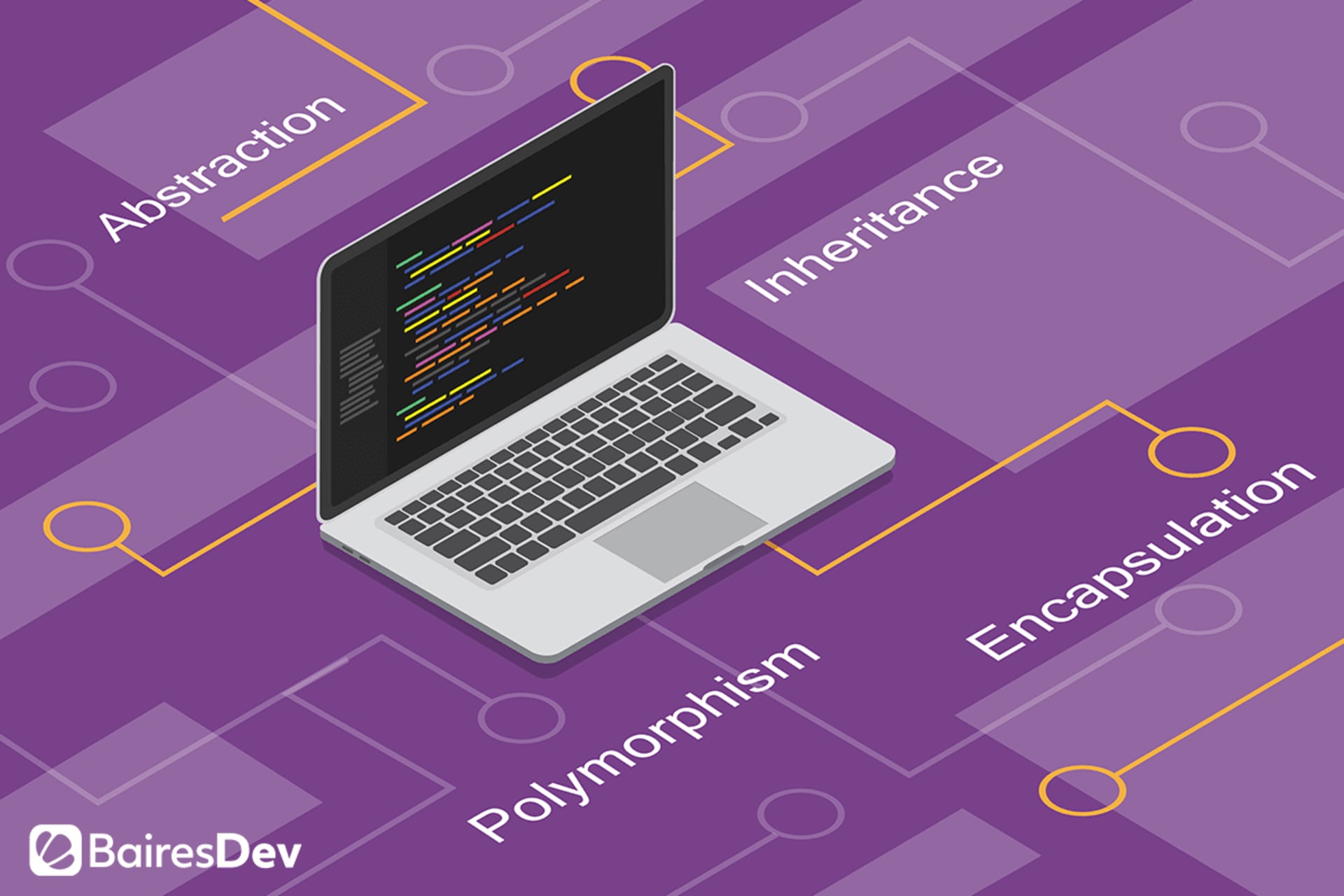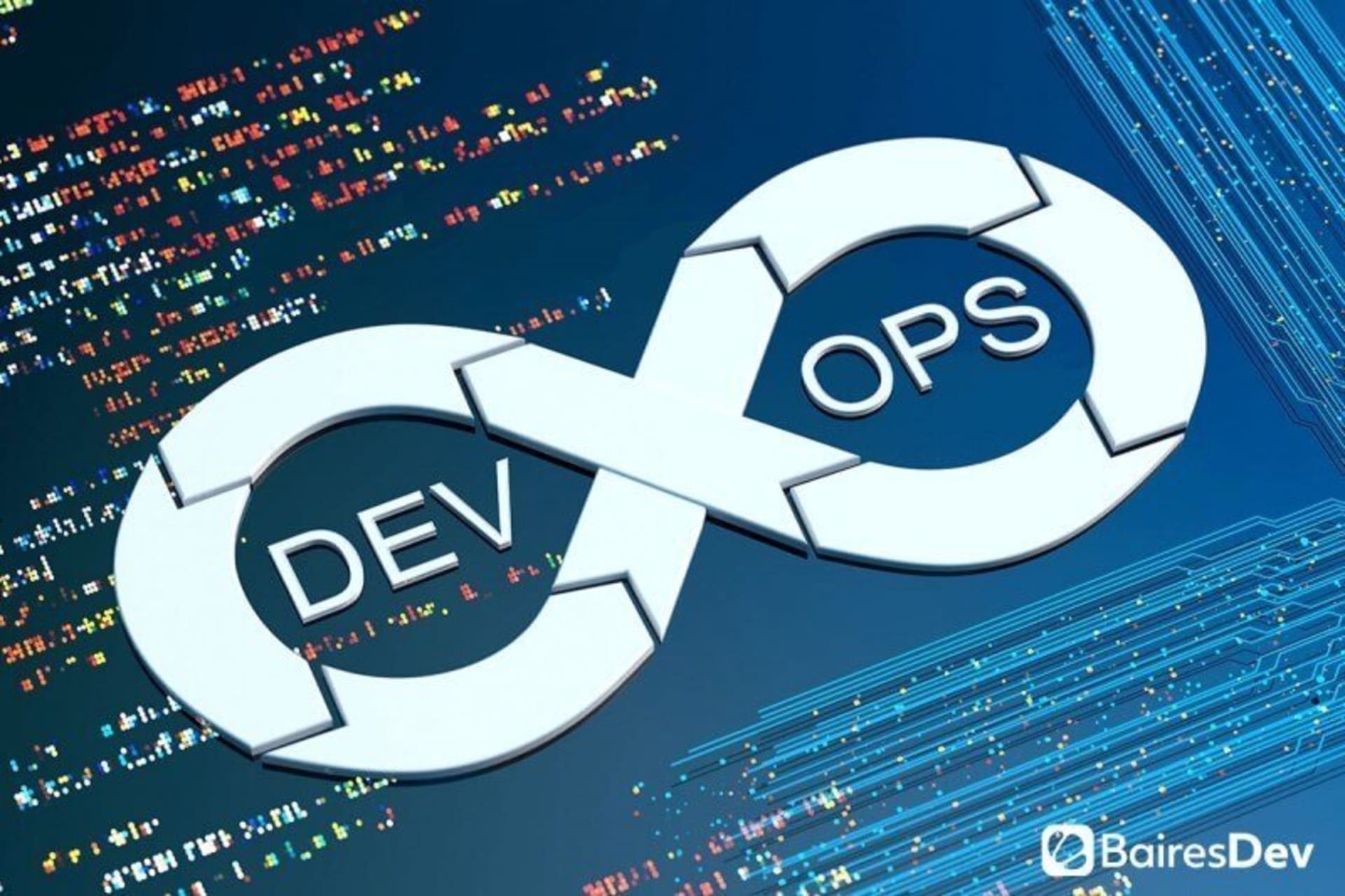What is object-oriented programming? What separates OOP languages from other programming languages?
Your business depends on the highest quality programmers writing their best code. What languages they use will depend on the project at hand. For some tasks, your developers might opt to use a server-side scripting language, such as PHP, .NET, Node.JS, Java, Ruby, or Python.
For other tasks, your software engineers might opt to go a more traditional route and use an object-oriented language for the projects. Most often, the nature of the project at hand will dictate what type of language you use.
But when the project calls for an object-oriented language, which one should you use? That choice could make or break a project. Choose the wrong language and you (or your developers) will struggle to get anything accomplished. With the right language, everything flows exactly as it should.
Here, we will explore what this paradigm-changing concept is and the most popular languages that are considered to be a fundamental part of its success.
We will take a closer look at the object-oriented languages your developers should be working with and why. But first, let’s find out exactly what this type of programming language is.

What Is Object-Oriented Programming?
You’re probably familiar with many programming languages. And you know that each programming language has its own attributes and distinctions. So, what sets object-oriented programming languages apart from other languages?
First, it is important to understand the concept of object-oriented programming. Also known as OOP, it was even the name of a project in Douglas Coupland’s famous novel “Microserfs.”
OOP was a total paradigm shift in programming because it relies on classes and objects, which is a confusing pair of constructs. To define these, one might say an object is an instance of a class. But just what is a class? Basically, it is a blueprint from which objects are created.
So, a class is a sort of template for creating a blueprint, but a blueprint is an instance of a class.
How do we simplify that? Easy:
Think of an object as something tangible, like a phone, a record, or a cup. Next, think of a class as a group of similar objects. For example, you might group “phone”, “tablet,” and “laptop” as a class called “mobility,” and “record”, “CD”, and “cassette” into a class labeled “music.”
4 Principles of Object-Oriented Programming Languages

More importantly, however, OOP adheres to 4 principles:
- Encapsulation: when an object can keep its state private (within a class).
- Abstraction: a natural extension of Encapsulation, which makes it possible for objects to only reveal operations relevant to other objects. For example, you get in your car and press the Start button. You don’t have to know how everything works under the hood, to drive.
- Inheritance: makes it possible to create a child class that is derived from a parent class that reuses all fields and methods from the parent.
- Polymorphism: makes it possible for objects to take on more than one form based on the context in which it is used.
One of the biggest benefits that drives OOP is that it makes it much easier to collaborate on the development process, especially when a project is divided into groups. This is made possible by code reusability, scalability, and efficiency.
With that said, let’s take a look at the top OOP programming languages that are currently available.
Object-Oriented Languages List
| # | Language | Advantages | Disadvantages |
| 1 | Java | Simple, secure, an official Android language, robust, platform-independent. | Slow, requires a lot of memory, poor GUI. |
| 2 | Python | Ideal for data science, artificial intelligence, and machine learning, flexible, plenty of libraries, huge community, user-friendly. | Relatively slow, high memory consumption. |
| 3 | C++ | Portable, multi-paradigm, good memory management, high performance, large community of support, scalable. | No garbage collection, less safe than some other object-oriented counterparts, complex, less flexible. |
| 4 | C# | Type-safe, memory access capabilities, part of the C family of programming languages, simple, flexible, inbuilt garbage collection, more secure than some other C languages, cross-platform. | Generally limited to the Windows sphere, relies on .NET, no independent compiler, limited performance. |
| 5 | Ruby | Huge community, speedy development, plenty of tools and libraries such as Ruby on Rails, readable, high safety standard. | Slow performance, not very flexible. |
| 6 | PHP | Open-source and free, platform-independent, user-friendly, plenty of library support, ideal for building web applications. | Losing popularity, low performance, some security issues. |
| 7 | TypeScript | Adds static typing to JavaScript, readable, predictable, strict typing, type inference, type annotations. | Complex typing system, required compilation, adds an extra step with transpiling. |
| 8 | Swift | Intuitive and powerful, great for iOS and macOS apps, safe by design, fast, supports dynamic libraries. | Limited mainly to Apple ecosystem, younger language with evolving features. |
| 9 | Objective-C | Direct access to C and Objective-C libraries, dynamic runtime, mature and stable for Apple applications. | Less safe compared to Swift, declining in popularity, more verbose. |
| 10 | Dart | Optimized for UI development, great for front-end development, especially with Flutter for mobile apps, good tooling. | Not as widely adopted outside of Flutter, smaller community compared to other languages. |
| 11 | Kotlin | Fully interoperable with Java, concise syntax, null safety, great for Android development. | Learning curve for Java developers, smaller ecosystem compared to Java. |
| 12 | Scala | Integrates features of object-oriented and functional programming, concise code, immutability, strong static typing. | Complex language features, steep learning curve, slower compilation time. |
| 13 | Smalltalk | Pure object-oriented design, live programming environment, simplicity, powerful debugging tools. | Not widely used in industry, performance issues, limited resources and community support. |
| 14 | Eiffel | Strong support for design by contract, multiple inheritance, readability, reliability. | Niche language, not widely adopted in the industry, limited resources and tools. |
| 15 | Groovy | Seamlessly integrates with Java, simplifies coding, powerful for scripting and domain-specific language. | Slower runtime than Java, less popular in the enterprise environment. |
| 16 | Visual Basic .NET (VB.NET) | Easy to learn for beginners, high-level language with access to .NET libraries, good for rapid application development. | Less powerful for complex applications, declining popularity and support. |
| 17 | JavaScript (with object-oriented programming features) | Versatile, runs on nearly all web browsers, vast libraries and frameworks, essential for web development. | Can become unwieldy for large-scale applications, security vulnerabilities. |
| 18 | Rust | Memory safety without garbage collection, concurrency without data races, high performance. | Steep learning curve, less straightforward than languages like Python. |
| 19 | Julia | High-level, high-performance for technical computing, good for data science and numerical analysis, dynamic typing. | Smaller ecosystem, less mature than languages like Python. |
| 20 | R (with object-oriented programming features) | Excellent for statistical analysis and data visualization, large package ecosystem. | Not as general-purpose, performance can be an issue for large datasets. |
The 7 Most Popular OOP Languages
Below, we spotlight the top seven OOP languages, each distinguished by their unique features, applications, and the pivotal role they play in the current tech ecosystem. These languages, with their rich ecosystems and supportive communities, continue to set the standard for software development around the globe.
#1 Java
Without a doubt, Java is one of the most widely-used OOP languages on the market. Part of the reason for the widespread use of Java is that it is one of the official languages for Android development. With Android the most popular mobile operating system on the planet, Java isn’t going to be knocked off that top spot for some time. It also has longevity and an enormous community on its side.
Java was created as a “write once, run anywhere” language, which makes it work for so many applications. And with Java 100 percent on board with the concepts and principles behind OOP, it is understandable why it lives at the top of this list.
#2 Python
One of the best things about Python is that it is a general-purpose language that can be applied in many use cases. However, one of the reasons why this particular Object-Oriented Language is included near the top of this list is that it is one of the more important languages for machine learning and data science. Chances are good you won’t find a language better suited for these 2 purposes. And with both ML and DS continuing to expand their importance in technology, Python will only continue to grow more popular.
Of course, Python has many different applications as a general-purpose language. And it routinely ranks as one of, if not the, most popular and beloved languages in the world among developers of all levels.
#3 C++
C++ is one of the few languages used to build compilers and interpreters that compile other programming languages. C++ includes the speed of C, with the addition of the basic OOP concepts, which makes it fast and flexible. One of the primary reasons why C++ is so popular is that all operating systems are written with a combination of C and C++. So, without C++, there would be no operating system with which to use C++. In other words, C++ is a crucial language for technology. C++ is also used to develop web browsers, such as Chrome, Firefox, and Safari.
#4 C#
C# is another general-purpose OOP language. This language was developed by Microsoft back in 2000 as part of the .NET initiative and shares some similarities with Java, C, and C++. C# was also designed in such a way that other languages can make use of it. One of the primary uses of C# development services is for desktop and web applications, which makes it quite a popular option for developers looking to create software with GUIs.
However, one of the most popular uses for C# is within the gaming industry. The reason for this is that C# easily integrates with Windows. Because C# includes Automatic Garbage Collection, has outstanding developer tools, and is an OOP language, it will continue to dominate the game design sector.
#5 Ruby
Ruby is similar to Python in that it is a general-purpose language. Built specifically for simplicity, completeness, extensibility, and portability, Ruby is an open-source, interpreted OOP language which can be used on numerous platforms.
Ruby uses a very simple syntax and can be easily learned by anyone who has worked with a modern programming language. It has the ease of use of Perl but adds the full complement of OOP concepts into the mix. Ruby is often used for both front and backend development and can be applied to the fields of data analysis, prototyping, and proof of concepts.
#6 PHP
Object-oriented programming capabilities were added to PHP5, lending more functions to the server-side scripting language to help it build web applications.
PHP has been around for decades and has long been established as the best choice for web applications. However, in recent years, other programming languages have emerged as popular contenders for this space. One complaint is that PHP is low-performance compared to some alternatives.
#7 TypeScript
TypeScript is a web development programming language built on top of JavaScript that extends the latter language by adding static typing. It transpiles to JavaScript and can be used anywhere the earlier language is used. In turn, all JavaScript programs can also be TypeScript programs.
It was developed and continues to be maintained by Microsoft and is free and open-source. It is mainly used to develop large applications.
Conclusion
Object-Oriented Programming languages will continue to play a crucial role within the realm of software development. If you are serious about either being a part of this ever-growing field or you are looking to hire the best offshore developers, you can’t ignore OOP languages in the modern age of programming. Any one of the above languages would be a great place to start for your OOP journey.
OOP Languages FAQ
How would a developer determine which OOP language or tool to use?
As is the case when selecting any programming language for your project, there are several considerations when determining which object-oriented programming language a developer should choose. For example, they should think about the type of application, the level of security they need, and the pros and cons of each language they’re considering.
What is the best object-oriented programming language?
While there is no singular best object-oriented programming language, Java and Python are perhaps the most widely used among object-oriented languages.
Is JavaScript an object-oriented programming language?
JavaScript is a prototype-based object-oriented programming language. That means that it uses objects as templates and doesn’t have classes but instead defines behaviors.
Why are OOP concepts used?
OOP concepts are used in programming because they offer a huge number of benefits. These advantages include:
- Improved code readability
- Modularity
- Better troubleshooting
- Code reusability
- Greater productivity
- Better security
- Polymorphism
- Easier scalability
- Flexibility
Why is OOP considered to be the most modern class of programming language?
Object-oriented programming can beconsidered to be a modern type of program by many because it adds layers of efficiency, including reusable code and easy maintenance. It is one of the most popular paradigms that has emerged, and many of the most widely used programming languages in the world, including Python and Java, are OOP languages. This is part of why so many large companies use this type of language.
However, OOP has its detractors. Some argue that it is too complex, for example.






